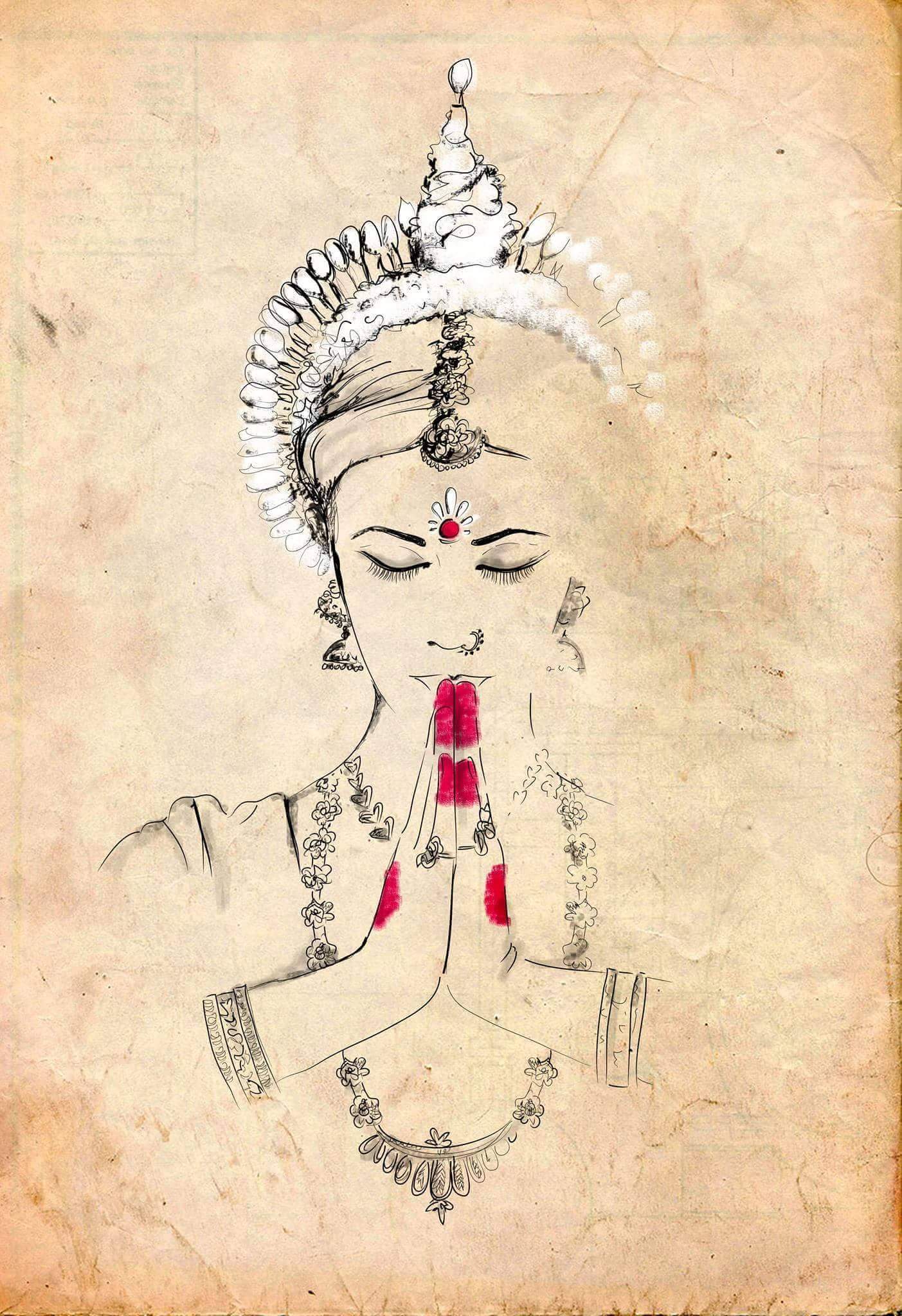Discover the Origins and Benefits of Traditional Thai Massage
- Nuad Thai Massage

- Jun 2
- 4 min read
Traditional Thai massage is a centuries-old practice that blends the wisdom of yoga and Ayurvedic medicine with the old traditions of Southeast Asia. This ancient healing art is not just about relaxation; it offers numerous benefits for the body and mind. In this blog post, we will explore the origins of Thai massage, its unique techniques, and the many benefits it provides to individuals seeking wellness.
The History of Thai Massage
Thai massage, known as Nuad Bo-Rarn, dates back over 2,500 years. It is said to have originated from ancient Indian healing rituals brought to Thailand by monks.

The practice incorporates elements from traditional Chinese medicine and Buddhist philosophy. The Buddha himself is believed to have inspired the techniques, as they reflect the values of compassion and healing. Over thousands of years, Thai massage evolved, absorbing influences from various cultures within Southeast Asia, including Chinese acupuncture and Indian yoga.
Today, Thai massage is recognized worldwide for its effectiveness in promoting health. It is practiced in spas, wellness centers, and even at home.
The Techniques of Thai Massage
Traditional Thai massage involves a combination of gentle rocking, deep stretching, and rhythmic compression along the body’s energy lines, known as "sen." Practitioners use their palms, thumbs, elbows, and feet to apply pressure.

The sessions often take place on a mat on the floor rather than a massage table. Clients wear comfortable clothing that allows for stretching and movement. The massage often lasts between 60 to 120 minutes, depending on individual needs.
One of the key differences between Thai massage and other forms of massage is that clients remain fully clothed during the treatment. This practice fosters a sense of comfort and allows for a variety of stretching movements that enhance flexibility and range of motion.
The Benefits of Thai Massage
Physical Benefits
Improved Flexibility: The stretching techniques used in Thai massage help improve flexibility. Regular sessions can increase your overall range of motion.
Relief from Muscle Tension: By applying pressure to specific points and working through muscle knots, Thai massage can alleviate tension and stiffness throughout the body.
Enhanced Circulation: Thai massage promotes better blood flow. The combination of stretching and compression improves circulation, which can lead to reduced muscle soreness and faster recovery after exercise.

Mental Benefits
Reduced Stress: The therapeutic techniques used in Thai massage activate the body’s relaxation response. This can help lower stress levels and promote an overall sense of well-being.
Mindfulness: The practice encourages mindfulness. As the therapist guides you through movements, you become more aware of your body and breath, enhancing your mental clarity and focus.
Emotional Balance: Many individuals report feeling emotionally balanced after a session. This is attributed to the release of endorphins, which are natural mood elevators.
Holistic Health Benefits
Thai massage doesn’t just address physical discomfort; it also focuses on emotional and spiritual aspects of health. This ancient practice fosters a holistic approach to well-being.
Energy Flow: According to traditional Thai medicine, the body has energy lines. Thai massage aims to balance the flow of energy, which can lead to improved health and vitality.
Detoxification: The pressure applied during the massage can stimulate lymphatic drainage, helping remove toxins from the body and boost the immune system.
Increased Mental Clarity: The mindful aspect of Thai massage can enhance your mental clarity, making it a valuable practice for students or professionals dealing with high cognitive loads.
How to Prepare for a Thai Massage
Preparing for a Thai massage can significantly enhance your experience. Here are some tips to ensure you get the most out of your session:
Dress Comfortably: Wear loose-fitting clothes that you can stretch in comfortably. Avoid restrictive clothing that may hinder your movements during the massage.
Communicate with Your Therapist: Discuss any health concerns or areas that need special attention with your therapist beforehand. This ensures a personalized experience.
Hydrate: Drink plenty of water before and after your session. Hydration helps the body to better process the benefits of the massage.
Arrive Early: Arriving early allows you to relax and get into the right mindset. It gives you time to enjoy the calming atmosphere of the therapy space.
Set Intentions: Consider what you want to achieve from the massage. Whether it’s stress relief, improved flexibility, or just a moment of relaxation, setting intentions can enhance your experience.
Where to Experience Thai Massage
If you’re looking to indulge in a traditional Thai massage, there are many spas and wellness centers that offer this service. One recommended place to visit is nuad thai massage athens, known for its authentic approach and skilled therapists.
Use reputable sources when booking your session to ensure you receive a genuine and effective treatment.
Enjoying the Transformation
After experiencing traditional Thai massage, many individuals notice significant improvements in their physical and mental well-being. The relaxation and rejuvenation from a single session can last for days, making it a valuable addition to your self-care routine.
Whether you’re incorporating it into your wellness regime or just trying it for the first time, traditional Thai massage is a journey you won’t regret embarking on.
As you continue to explore the benefits, remember that self-care is an essential part of maintaining balance in today’s fast-paced world. Discovering the profound effects of Thai massage can open doors to a healthier, happier lifestyle. Embrace this ancient healing art and allow it to transform your body and mind.








Comments